Boley, Oklahoma
Words & photos by Ivan McClellan
Dr. Kaye Spratt grew up with her 4 siblings on a rural dirt road outside of Boley, Oklahoma, one of the few remaining all-black towns in Oklahoma. Every year, they gather at their family church to tour the town and the surrounding area in a caravan of trucks, motorcycles, and ATVs and pass stories down to the younger generations. Kaye and her niece Stephanie sit in the bed of a truck calling out important landmarks over a PA system. Kaye points to an overgrown field with the remnants of a brick wall. “That’s where the old high school was. We’d walk miles up the road in the freezing cold to get there every day,” she said. “And nobody driving by would stop to give us a ride.” The high school was torn down, and the students were bussed to another school. We drove past a muddy pond. “That’s where I got baptized!” says Kaye. “I stepped in the water; the water was cold. It chilled my body but not my soul” she gleefully sings an old gospel song. The trucks stop at a concrete slab along the side of the road. “This is where our house used to be,” says Kaye. “Somebody burned it down a few years back.”
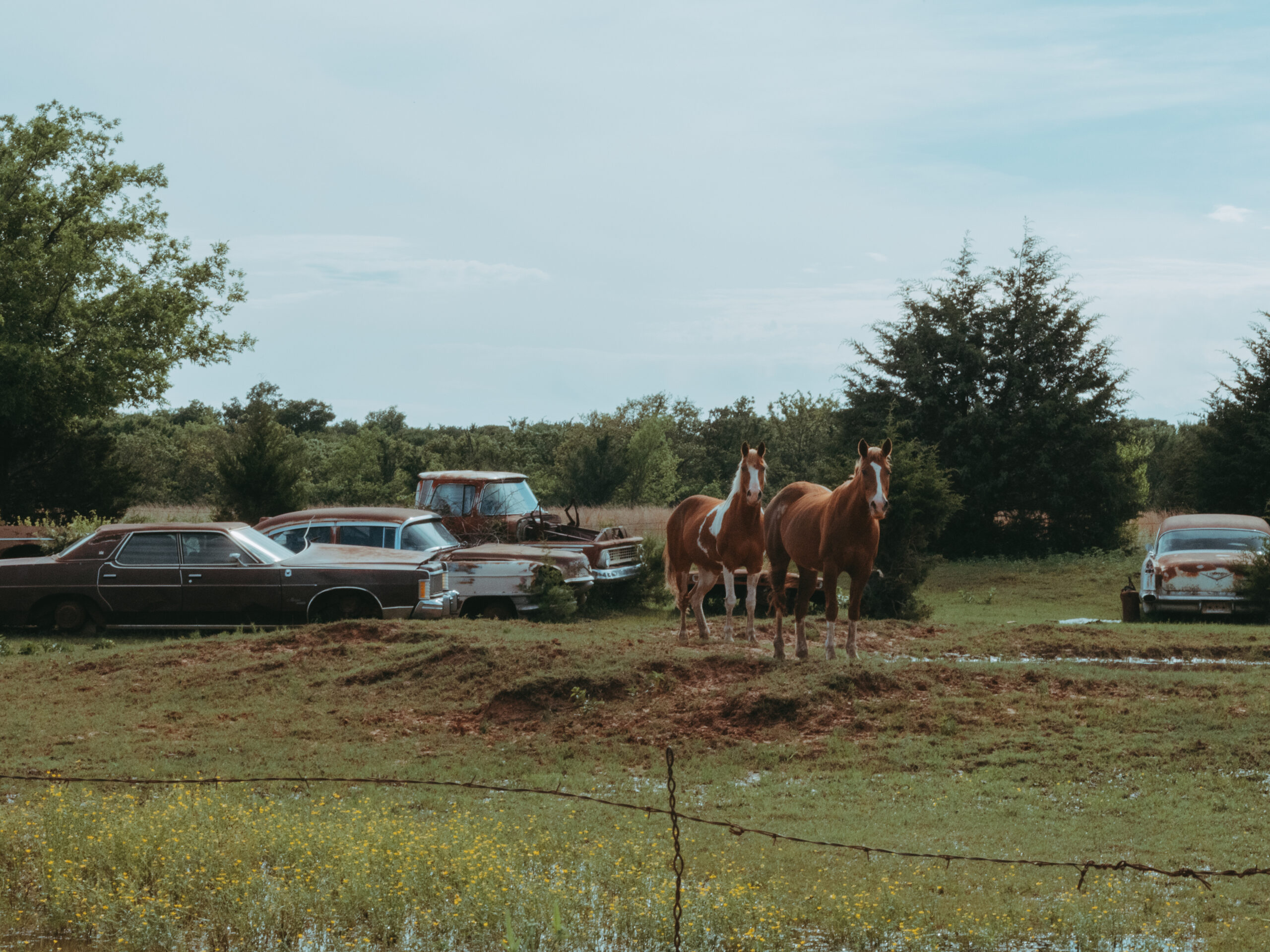

Stephanie recalls coming to Boley in the summers as a child in the 1980s and 90s “Boley felt like a magical place. Full of sunshine, ice cream, family, and late nights playing in the countryside. Back then, stores were open, Charlie Truelove’s burgers were ‘bangin’, and life was good. When driving into town, I remember my mouth beginning to water because I knew some of the best BBQ ever would soon be near.” she said. Her experience was about more than good food; it was also about the extraordinary people of Boley. “It was common to see beautiful people who were scholars, land cultivators, and more, who looked just like me. They owned businesses, homes, and land. They were my grandparents, aunts, and uncles, neighbors, and friends. They were all around me.”
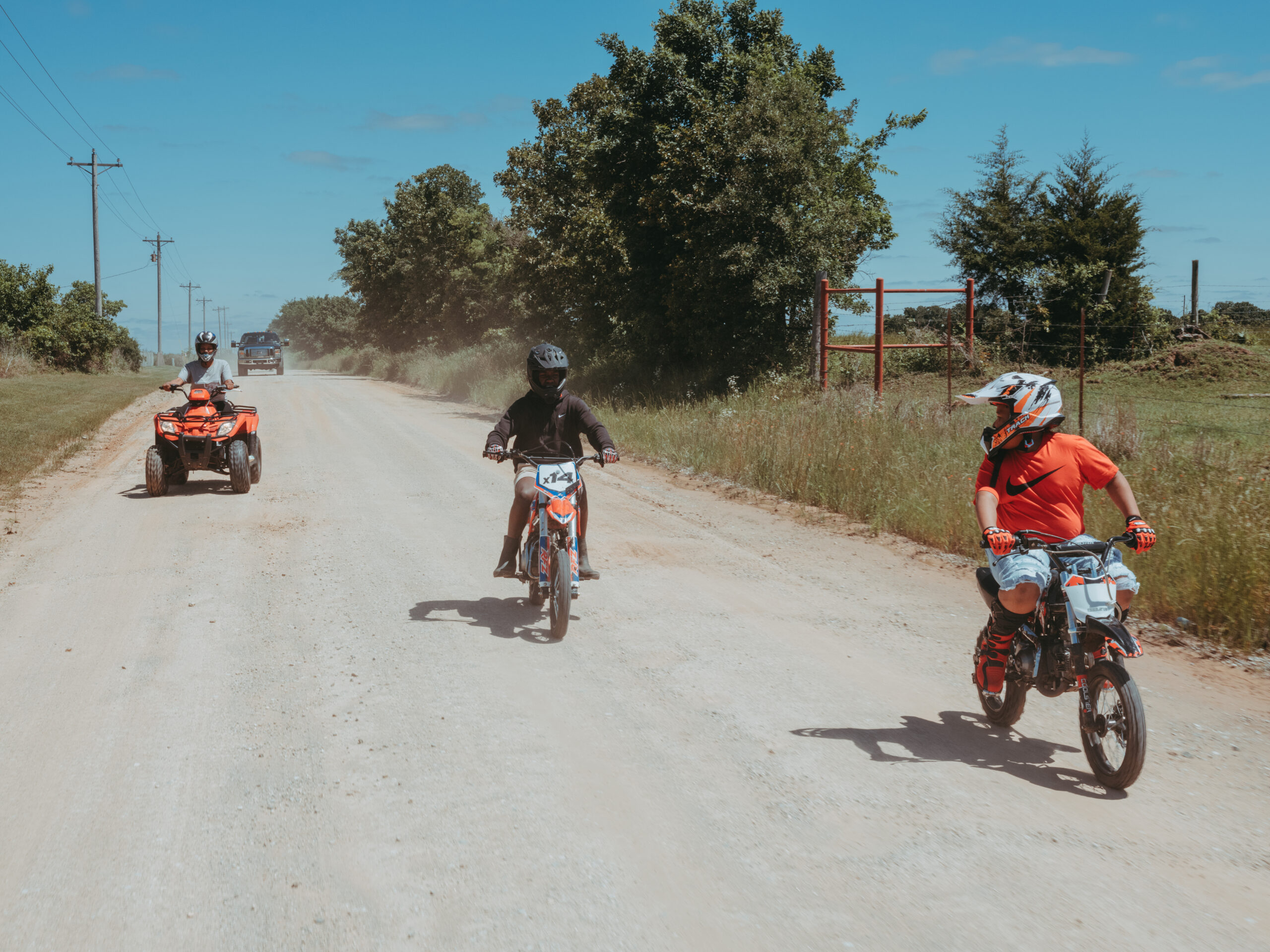


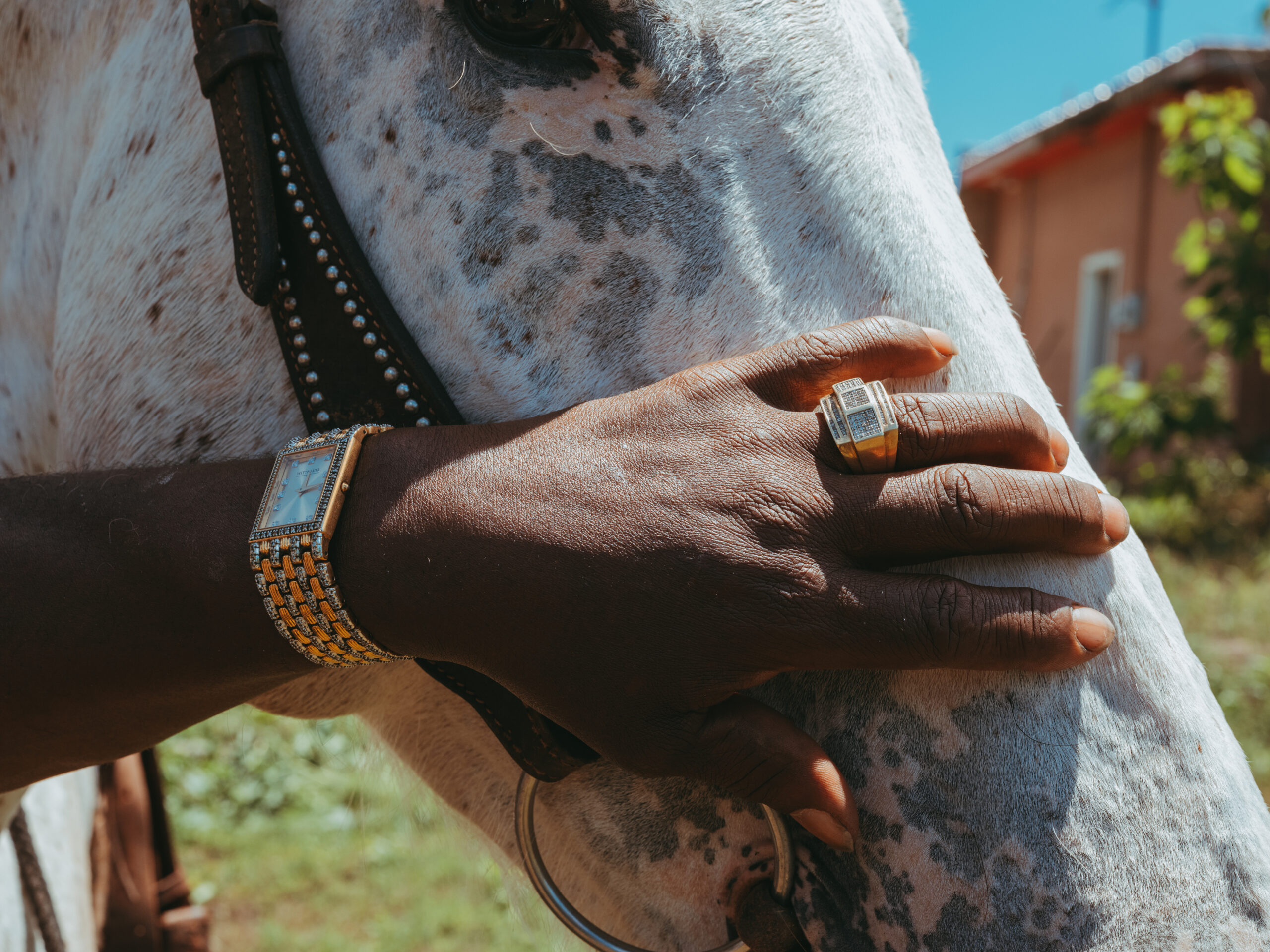
Between 1856 and 1920 Black men and women came together to form more than 50 towns and settlements across Oklahoma. The first black towns were formed at the end of the Civil War by the freed enslaved people of Native Americans. These early towns formed in Indian Territory were safe havens from racism and prosecution. They started newspapers that advertised the opportunity, rich soil, and freedom that these towns provided. In 1889 the newly instituted state of Oklahoma opened 2 million acres of land for free settlement. Black people from the south rushed to migrate to the state, believing it to be a sort of promised land, and formed prominent black towns like Langston, Taft, and Boley. Boley was the largest of these black towns, housing over 4,000 citizens in 1911. There was the first black-owned bank with a national charter, 4 cotton gins, every denomination of church, a telephone and electric company, and an ice plant. Jim Crow laws enacted in the state left citizens disenfranchised. The Great Depression in the 1930s caused the town and many others to go bankrupt. Of the black cities formed in the early 20th century, 13 exist today, carrying forward the hopes and traditions of their early settlers.
“Today, what felt like magic, has vanished. The stores, the schools… gone,” says Stephanie. The town of Boley and the surrounding area have fallen into ruin over the past 30 years. At one point in the 1980s, the population dropped to as low as 400 people. As of 2019, the population sits at 1246. That number includes 800 inmates at the John Lilley Correctional Center, the largest employer in the town. Mennonites have started to migrate to the Boley area because of the fertile and cheap land, rapidly changing the area’s demographics. In recent years the Smokaroma factory (a black-owned pressure cooker manufacturer), Boley High School, and the elementary school have all closed, further limiting access to jobs and education for town residents.
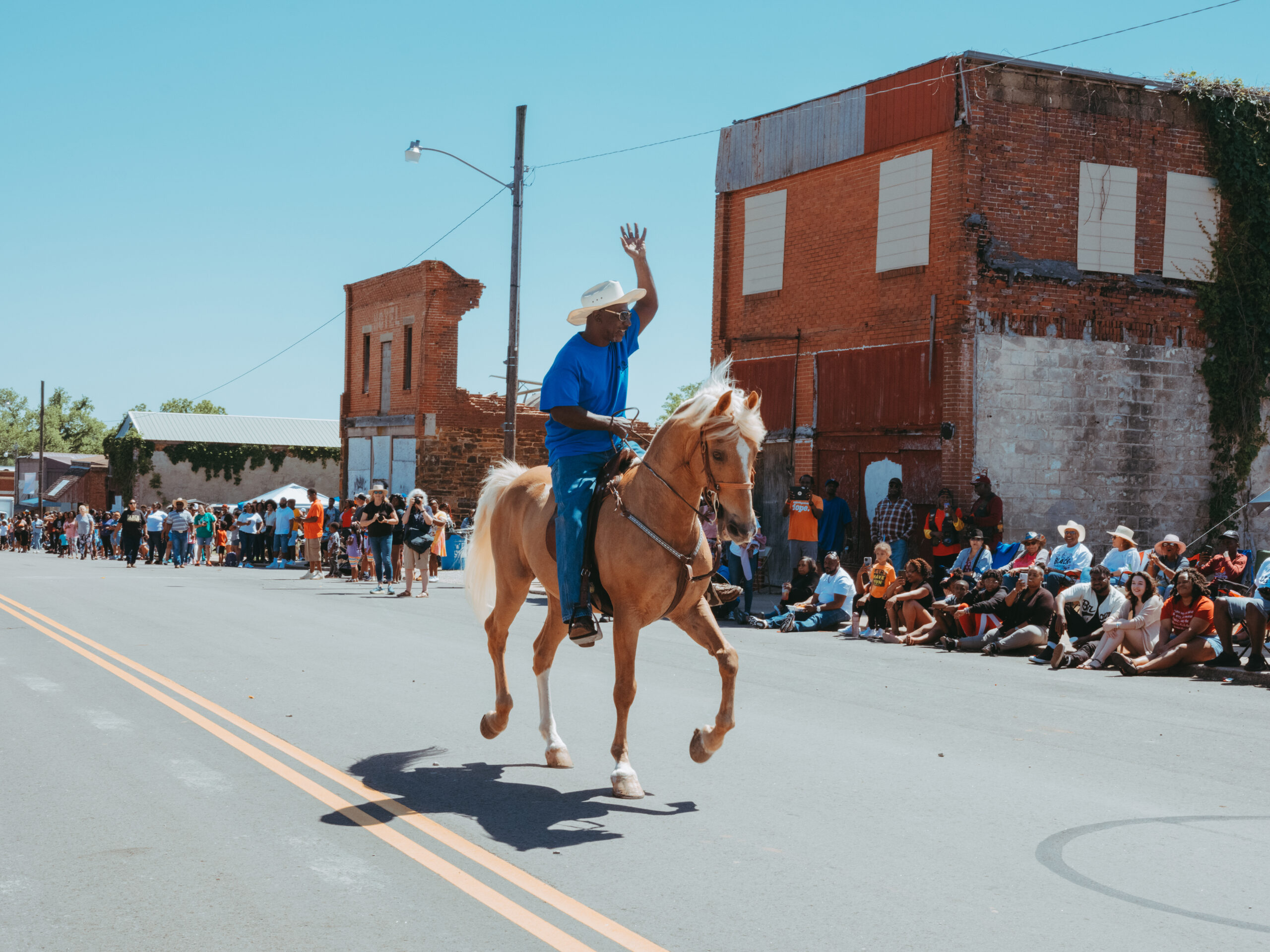
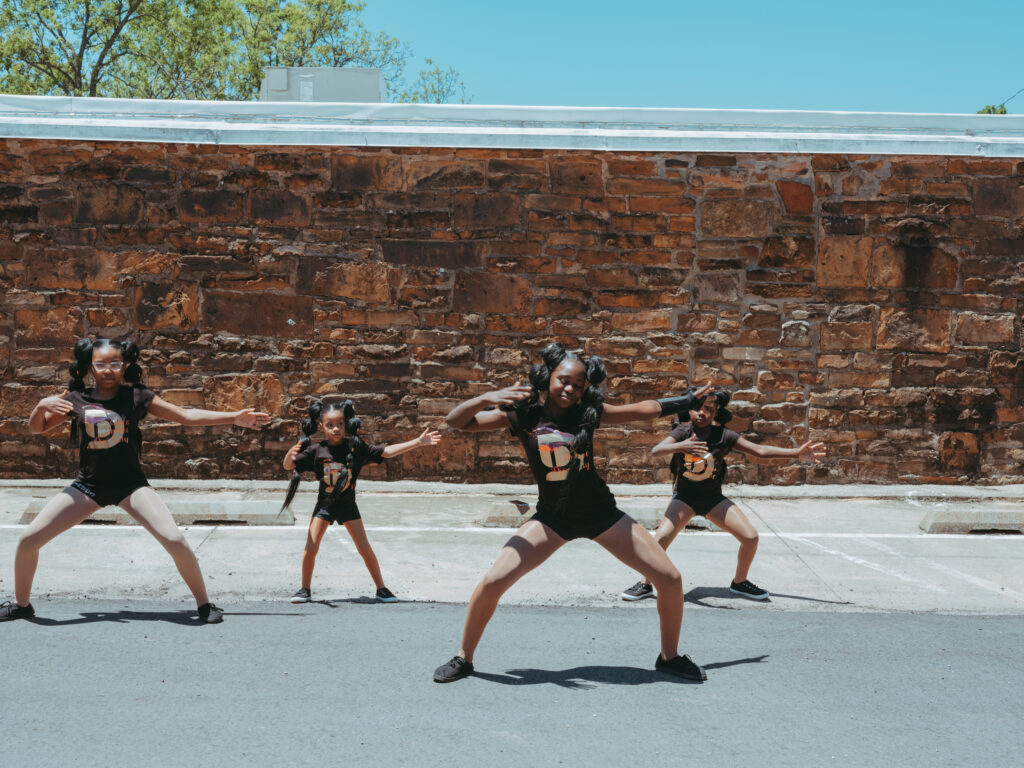
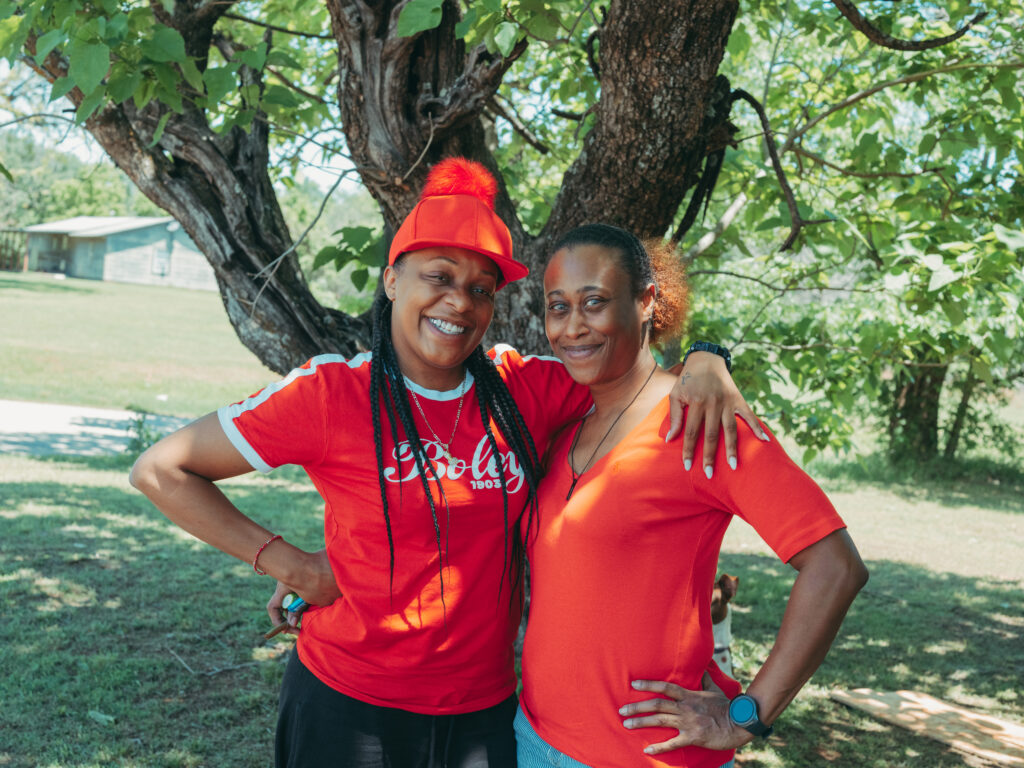
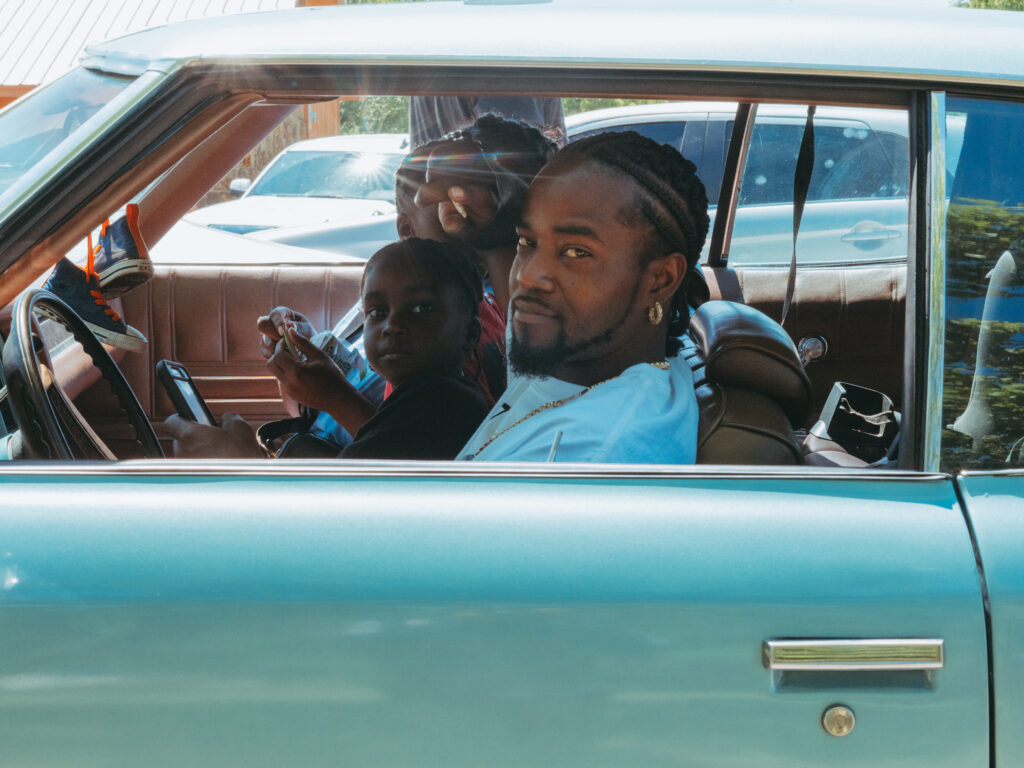
The centerpiece of Boley’s culture is the nation’s oldest African-American community-based rodeo festival and parade. Thousands of people pour into the town every Memorial Day for the festivities clogging the highways and shutting down Pecan Street downtown. Planning the event takes all year but Willie Williams gladly does the work to bring people into town. “A lot of people moved away to find work. The parade brings people back and creates a family reunion-like atmosphere. And it brings dollars back into town if only for a weekend.” says Willie. There’s a little bit of everything going on over the 3 days, from trail rides and a barbeque competition to concerts and a car show. For the past 3 years, the rodeo has been canceled. Flooding in 2019 stopped the event and in 2020 it was the COVID-19 pandemic. This year the event was planned and promoted, but historic rains caused organizers to cancel the rodeo again due to concern for athlete safety. The parade went on, bringing 3,000-plus people, mostly black, into town. Families reunited there after being separated by a year of quarantine. Revelers lined the street as lowriders revved their engines, and drivers threw candy out the windows to delighted children. Drill teams of young women marched in the parade stopping every few minutes to perform their routines. Black horse riders rode down the street in matching riding club shirts and straw cowboy hats. On the parade day, Boley appears as thriving as ever. The only signs of its decline are the decaying buildings lining the street.
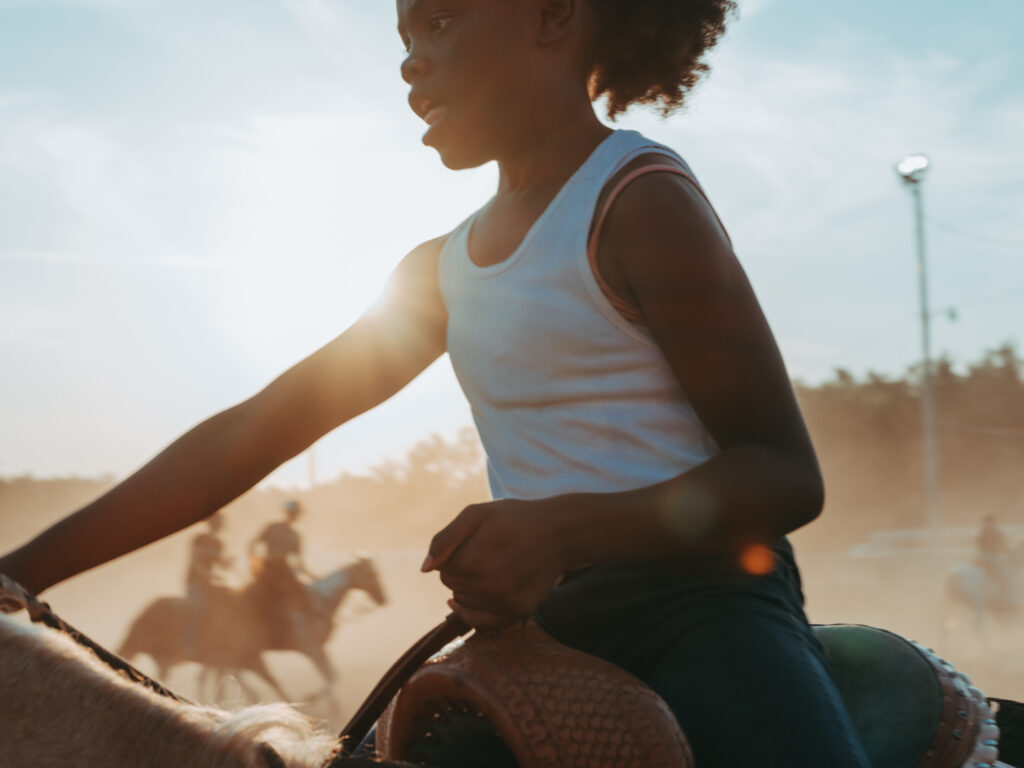
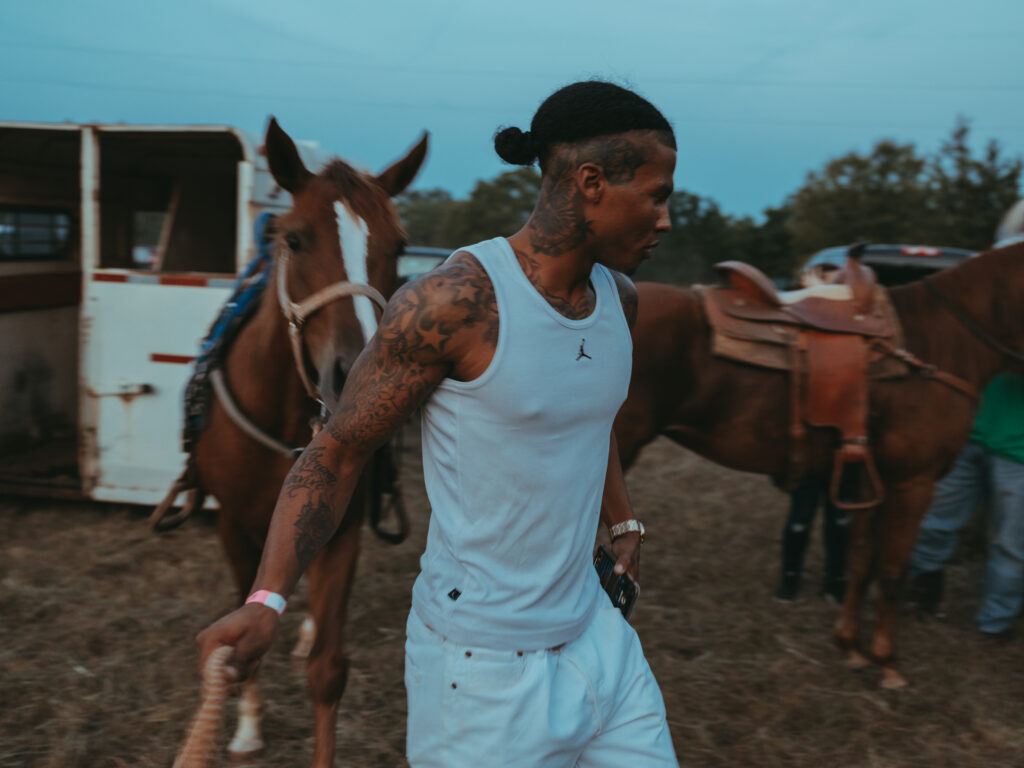
There is a current initiative to revitalize the town. A new community garden provides fresh produce for the citizens who live in a food desert without access to a grocery store. Once robbed by Pretty Boy Floyd and his gang, the town bank has received $24,000 from the National Parks Service for restoration. That money will help pay for a new roof, but it will take $200,000 to fully preserve the building. The town and several buildings are listed on the National Register of Historic Places. Millions of dollars are needed to bring them back to their former glory. “For any town to thrive, it must have a viable industry for employment, commerce, access to finance, education, and healthcare, and hope. Today, Boley can benefit from a boost like other rural towns receive. That boost comes in the form of government funding and investment in infrastructure and resources.” says Stephanie. Luring former residents and businesses back to the town is another tactic being utilized. Mayor Dr. Francis Shelton left Boley for her education and to start her career but came back in 1985. She’s hoping that other people with roots in Boley do the same. “We want people to come back so they can realize what their parents were trying to do. Boley is a haven for them to feel safe, where you’re not penalized for living.”


